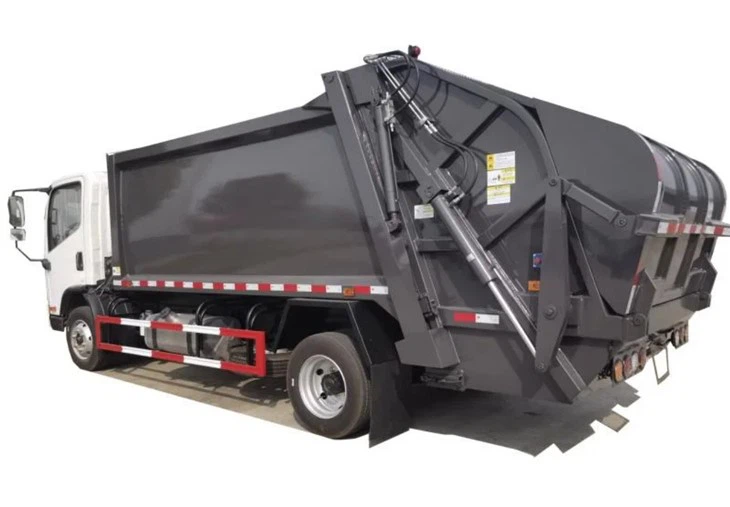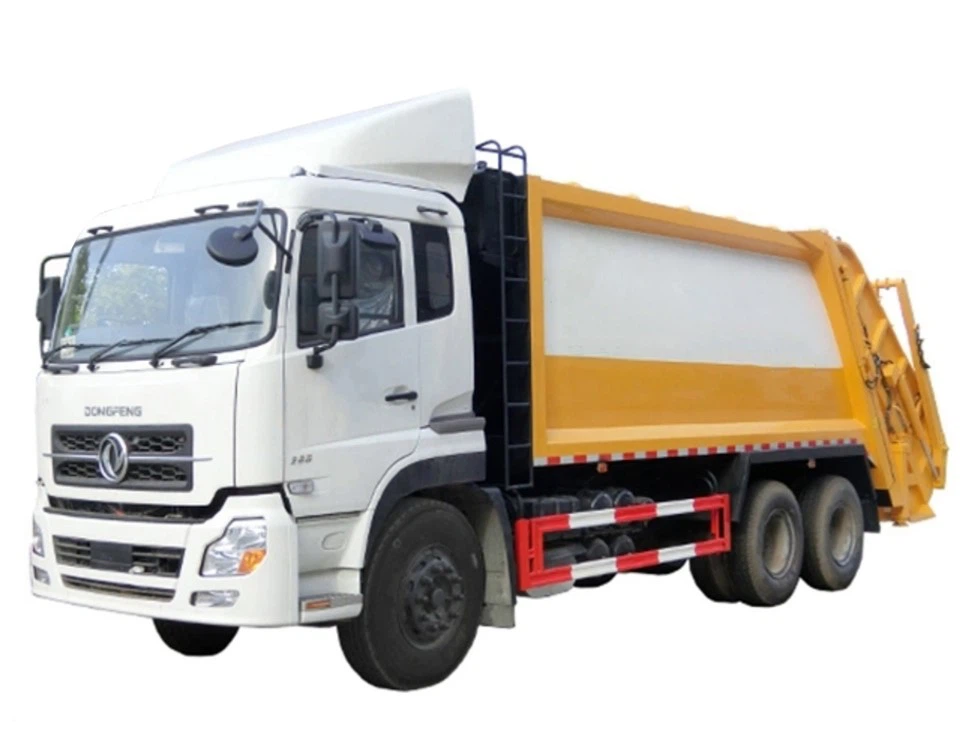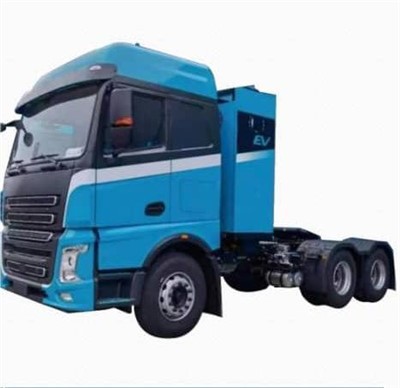Understanding 10 Wheeler Dump Truck Capacity: Everything You Need to Know

Dump trucks play a crucial role in construction, mining, and other heavy industries. Among various classifications, the 10 wheeler dump truck is widely recognized for its balance of capacity, maneuverability, and versatility. This article will explore the capacity of a 10 wheeler dump truck, factors that influence its performance, and practical insights for operators and businesses looking to utilize this vehicle effectively.
What is a 10 Wheeler Dump Truck?
A 10 wheeler dump truck is a heavy-duty vehicle equipped with ten wheels and designed to transport bulk materials. It features a raised and hinged bed that allows the unloading of materials via hydraulic lift. These trucks are typically used in construction sites, road maintenance, and other applications needing the transport of aggregates like sand, gravel, and dirt.
Types of 10 Wheeler Dump Trucks
10 wheeler dump trucks come in various types, each designed for specific duties:
- Standard Dump Truck: Used for typical hauling and dumping tasks.
- Articulated Dump Truck: Features a joint between the cab and dump bed, improving maneuverability on rough terrains.
- Bottom Dump Truck: Equipped with a bottom-hinged dump body for precise unloading.
Capacity of 10 Wheeler Dump Trucks
The capacity of a 10 wheeler dump truck is one of the most critical factors when selecting a vehicle for transport needs. Understanding its capacity helps optimize load sizes and improve efficiency.
Typical Load Capacity
The average load capacity of a 10 wheeler dump truck ranges between 10 to 16 cubic yards, depending on the model and specifications. Here’s a breakdown of common capacities:
| Model | Cubic Yard Capacity | Weight Capacity (lbs) |
|---|---|---|
| Standard 10 Wheeler | 10-14 | 20,000 – 25,000 |
| Heavy-Duty 10 Wheeler | 14-16 | 25,000 – 30,000 |
Understanding Weight Capacity
While cubic yard capacity refers to the volume a truck can carry, weight capacity refers to the actual weight of the load. A 10 wheeler dump truck typically can handle between 20,000 to 30,000 lbs depending on the specific model. It is vital to stay within weight limits to ensure safety and efficiency.
Factors Influencing Dump Truck Capacity
Several factors impact the capacity of a 10 wheeler dump truck, including:
1. Truck Design
Different designs can influence load capacities. Features such as bed height and shape affect how much material your truck can carry.
2. Material Type
The type of material being transported also plays a role in load capacity. For example, heavy materials like gravel may reduce the volume you can carry compared to lighter materials like sand.
3. Weight Limit Regulations
Every state has regulations governing weight limits on highways and roads. Knowing these limits is crucial for compliance and avoiding heavy fines.
Tips for Optimal Load Management
Proper load management is essential to maximize the efficiency of a 10 wheeler dump truck.
1. Know Your Limits
Always be aware of the maximum weight and cubic yard limits for your truck model. Overloading can lead to breakdowns and accidents.
2. Use the Right Material

Choose materials suitable for truck capacity. Mixing heavy and light materials can lead to challenges in load distribution.
3. Regular Maintenance
Maintain your truck regularly to ensure it can handle loads safely. Check braking systems, tires, and hydraulic components regularly.
Common Uses of 10 Wheeler Dump Trucks
With their robust design and capacity, 10 wheeler dump trucks serve various purposes, including:
1. Construction Sites
They are used to transport materials like asphalt, sand, and gravel to and from construction sites.
2. Road Work
Dump trucks haul debris, supplies, and base materials for road construction and maintenance projects.
3. Landscaping
They are commonly used in landscaping to move soil, mulch, and other components for large-scale projects.
Recent Advances in Dump Truck Technology
The trucking industry continues to innovate. Recent technological advancements include:
1. Telemetry Systems
Modern 10 wheeler dump trucks are equipped with telemetry systems that monitor load weight in real time, enhancing safety and performance.
2. Advanced Navigation Systems
GPS and routing software optimize delivery routes, reducing fuel costs and time spent on the road.
Choosing the Right 10 Wheeler Dump Truck
Selecting the right truck for your needs involves several considerations:
1. Intended Use
Identify your primary application to choose a truck that meets your requirements.
2. Budget
Consider your budget not just for purchasing but also for maintenance and operation costs.
3. Manufacturer Reputation
Research different manufacturers and their warranty offers to ensure you’re buying a reliable product.
Frequently Asked Questions
1. What materials can a 10 wheeler dump truck carry?
A 10 wheeler dump truck can transport a variety of materials, including dirt, gravel, sand, asphalt, and debris.
2. How does the capacity vary between different manufacturers?
Capacity can vary based on design specifications and configurations from different manufacturers. It’s advisable to check the specifications of each model.
3. Is a 10 wheeler dump truck suitable for urban environments?

Yes, a 10 wheeler dump truck can maneuver in urban environments, especially articulated versions that enhance agility and reduce turning radius.
4. How often should I maintain my dump truck?
Regular maintenance should occur every 3,000 to 5,000 miles, or based on usage frequency and the manufacturer’s recommendations to prevent breakdowns.
5. Can I operate a 10 wheeler dump truck with a standard driver’s license?
A commercial driver’s license (CDL) is typically required to operate a 10 wheeler dump truck. Check local laws for specific licensing requirements.

6. Why is weight distribution important in a 10 wheeler dump truck?
Proper weight distribution ensures stability, reduces wear and tear on truck components, and minimizes accident risks while driving.
